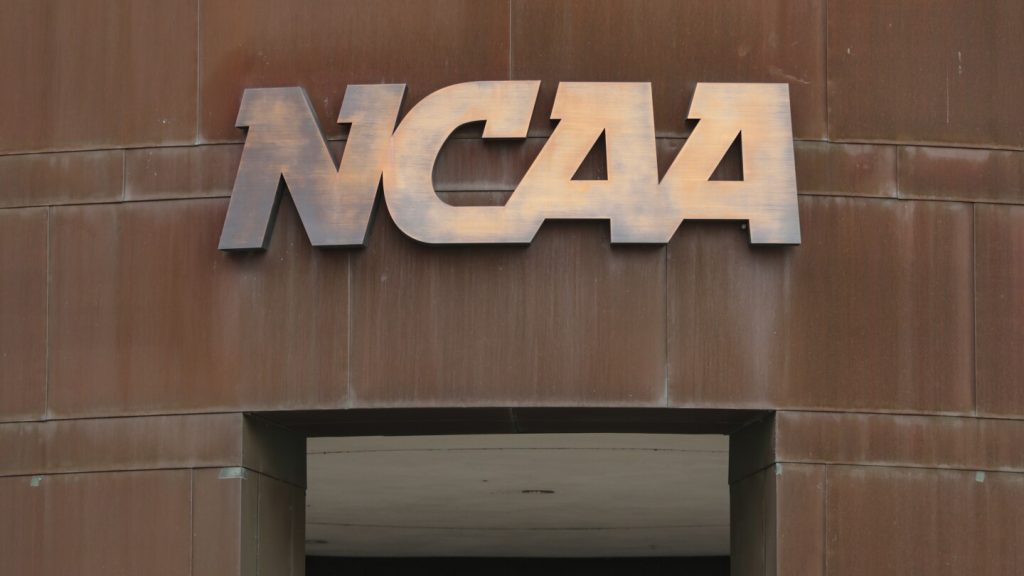In recent months, numerous universities have either added or eliminated entire sports programs in anticipation of significant changes in college athletics due to the $2.8 billion NCAA settlement.
For instance, UTEP has discontinued its women’s tennis program, Cal Poly has cut swimming and diving, Marquette has introduced women’s swimming, and Grand Canyon has closed its historically strong men’s volleyball program. These developments suggest a lack of clear trends, as each institution navigates the difficult choices regarding which sports to prioritize as revenue begins to increase.
While elite athletes in high-revenue sports like football and basketball can expect substantial compensation for their name, image, and likeness, there remains significant uncertainty for those involved in non-revenue sports, where many athletes often go unnoticed. The reality of budget cuts poses a serious threat as athletic departments increasingly scrutinize which sports are financially viable. Each school stands to distribute as much as $20.5 million to athletes next year, yet top talent in lucrative sports will demand the largest shares to deter them from entering the transfer portal.
Lower-profile sports programs are likely to be deprioritized at many institutions. Patrick Rishe, the executive director of the sports business program at Washington University, mentioned that college athletics is merely beginning to face a series of tough decisions stemming from the settlement.
“The competitive pressure on universities to adapt or risk falling behind is increasing,” Rishe noted. “This makes it essential for mid-major or smaller Division I schools to reconsider the viability of certain programs.”
Programs in Jeopardy
Universities have faced significant financial challenges due to the pandemic, which has severely impacted sports. For example, UConn announced in June 2020 that it would be cutting four sports to save costs, affecting over 120 athletes. The frequency of program changes appears to be escalating ahead of the NCAA settlement’s ramifications.
Recent additions include women’s golf at St. Bonaventure and UT Arlington, stunt at Eastern New Mexico, and women’s swimming at Marquette, which lacks a football team. Conversely, cuts have included UTEP’s women’s tennis, Grand Canyon’s men’s volleyball, and Cal Poly’s swimming and diving programs, which involved nearly 60 athletes. Saint Francis has announced a transition from Division I to Division III in response to the evolving landscape of college athletics.



